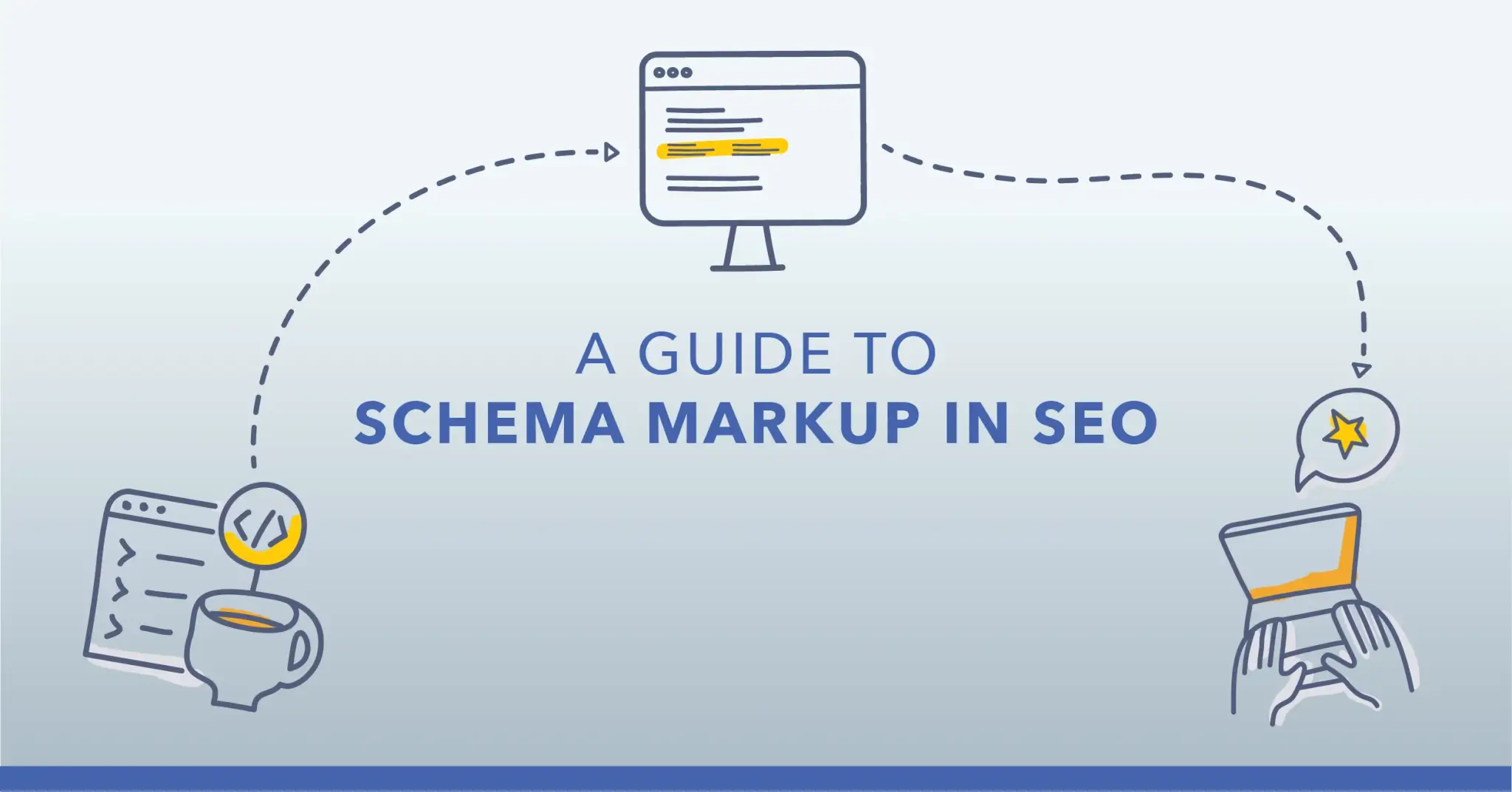A successful content marketing strategy for software as a service (SaaS) requires thorough planning and execution. We’ve created a complete guide that discusses every stage of a SaaS content marketing strategy, along with our top 5 tips to boost its results.
Why do SaaS businesses need a content marketing strategy?
SaaS businesses are part of a unique industry that relies heavily on how audiences perceive the brand online, rather than how attractive their products are, as they sell a software and support service as a whole. This means they must have a well-devised content marketing strategy that not only creates awareness of their software, but also builds the brand’s reputation too. The marketing strategy must create trust among readers and help them understand how your SaaS can resolve their problems.
Along with this, as their service isn’t tangible, or visually appealing, content marketing has a massive responsibility over influencing sales. It’s used to provide helpful content that explains exactly what the products do and how they can be used, again helping to build authority within the field.
Why is content marketing for SaaS companies different?
Content marketing for SaaS is very different from marketing for other industries for a number of reasons. As they fall into the B2B landscape, they must ensure they stand out as an authoritative and trusted player in the field because customers rarely make a one-time-purchase, but instead purchase a subscription. This means that customers will often seek as much information as possible before making a purchase, so unlike many e-commerce websites, it’s more important to keep content versatile, yet informative, covering a mix of questions that potential customers may have.
One factor that customers consider before investing in SaaS is the quality of support offered by the company, and therefore not only does content need to be produced to promote the softwares they offer, but also the support they are able to provide. This is also significant to encourage repeat business with existing customers, so including content around fixing errors may be more important to SaaS than other industries.
How to create an effective content marketing strategy
There’s many elements that go into creating an effective marketing strategy, including the initial stages of research, content production and performance tracking. Here’s a breakdown of each stage in creating a successful content marketing strategy for your SaaS.
Identify your audience
Identifying your target audience is a fundamental part of building your content marketing strategy. Start by creating a profile of characteristics that are typically for your audience, such as the types of business they are in, their professional roles and their income level. It’s often a good idea to cross reference your initial target audience with an analytic tool such as Facebook and Google analytics to grasp a more certain understanding of who is engaging with your site.
Consider your audiences intent
Once you know who your audience is, you’ll want to start thinking about what it is that they want. Finding pain points can often drive your content ideas and if search volumes are high, can really boost your traffic. If you’re able to reveal the areas of your target audience’s current softwares that they’re struggling with such as financial reports, time-management or limitations, you can tailor your content around this. By creating content that helps your audience solve their issues, they’re more likely to convert on your site.
Understanding your audience’s search intent will also help balance the tone of voice within your copy so that it aligns more closely with what they’re searching for.
Conduct keyword research
Conducting keyword research will help to determine target keywords that’ll be most valuable to your audience. Ensure you consider all aspects of the customer’s journey, including ‘how to’ queries, software installation and tips for using the software post-purchase. You can explore these using keyword research tools such as Ahrefs, Google Keyword Planner and Semrush. These keyword findings will create the basis for your content titles and content writing services.
Choose your campaign goal
Before you start creating your content, it’s important to set measurable goals that will help you align campaigns with marketing goals and track their performance. Using key performance indicators (KPIs) such as number of visitors to a page can be useful along with conversion driven goals such as the number of demo requests.
Create your content
Now it’s time to get creative and start producing your keyword-oriented content. Start with in-depth research into your chosen topic, collating a resource of knowledge and key points that should be included in the piece. Your copywriter should be someone experienced in the field, or someone who is able to easily pick up your business’s tone of voice. When writing, it’s good to draft and re-draft, remembering to get it proofed and edited by another copywriter once it’s finished.
In addition, before getting stuck in with the content writing, ensure you have a content planning calendar consisting of which pieces of content will be produced each month, as well as which dates they will be published. It’s good to vary the format of your content throughout the months so you have a mix of ‘how-to’ guides, short pieces and long-form, detailed articles.
Monitor the results
The final stage of your content marketing strategy is to closely monitor your results. Once the piece has been published, track its performance using tools such as Google Search Console and ensure that it’s receiving a good level of traffic and reaching your goals.
If the piece isn’t performing as well as hoped, keep time to make improvements by adjusting the article according to which keywords are performing the best. Re-optimising your content once it’s live is just as important as the original creation.
5 tips for content marketing for a SaaS business
Now that you know how to create a Saas content marketing strategy, here’s some expert tips on how to really give your content a boost.
- Re-consider the ‘blog’ label. Sometimes blogs can look quite informal, or basic on a website and won’t engage your audience. Instead, add a subcategory such as insights or inspiration which makes you look more authoritative and unique. Also, ensure you keep any company news in a designated ‘news’ section of your site to avoid putting readers off.
- Create pillar content topics which are full of cluster keywords to create broader topic hubs. This will encourage further content creation across all levels of intent and build strong brand trust in the associated topics.
- Incorporate distribution plans into your content marketing strategy, such as where and when you’ll share your recent post on social media. By having a set calendar for these things, it’ll make sure every post is shared to increase audience engagement and traffic.
- Collaborate with your PPC team. They will have valuable data consisting of conversion keywords, which are the search queries that generate the most revenue. These should definitely be included in your content as often as possible.
- Finally, work alongside your digital PR team to build high-quality links. Even if you’re producing incredible content, the higher the number of links a piece has, the more authoritative Google will see it and therefore it’s much more likely to perform well.
Find out more about our SaaS digital marketing services here.







































